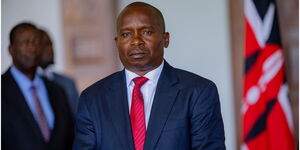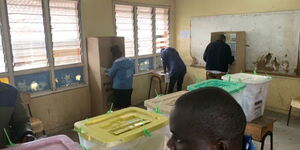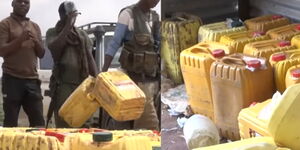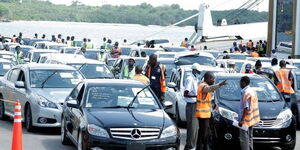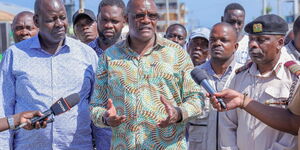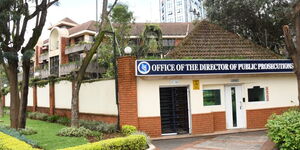On August 10, the Kenya National Bureau of Statistics (KNBS) released a report which highlighted the various levels of poverty within the country.
The survey titled Kenya Comprehensive Poverty Analysis revealed that over 15.9 million Kenyans could not raise Ksh 6,000.
According to the summary report, at least 1 in 3 Kenyans (36% or 15.9 million) were classified as monetary poor.
The monetary poverty line was capped at Ksh 3,252 and Ksh 5,995 monthly per adult equivalent in rural and urban areas respectively.
On the other hand, more than half (53% of the population or 23.4 million Kenyans) were described as multi-dimensionally poor, and deprived in the realization of at least 3 basic needs and services.
Deprivation in education, housing and economic activity were highlighted as the largest contributors to multidimensional poverty among adult women and men in Kenya.
Notably, more than 27% of the population (13,243,500) in Kenya were outlined as poor in both monetary and multidimensional terms.
Treasury CS Ukut Yatani, shared his notes following the report and advised that the results should be used when coming up with a revenue sharing formula.
"The findings should be used in the budget planning processes to enhance equality. Many of the indicators generated are useful for result-based monitoring frameworks and could assist to focus interventions on the most vulnerable" he stated.
According to the KNBS report, Multidimensional poverty incidence in rural areas (67%) is more than twice the incidence in urban areas (27%).
Further highlighting the plight of Kenyans in rural areas, more than a quarter of the population that is monetary and multi-dimensionally poor reside in Turkana, Kakamega, Kilifi, Mandera and Kitui counties.
In urban areas, deprivation in information ranks as the third contributor to poverty alongside nutrition and housing.
The summary findings also revealed that young women are more likely to be multi-dimensionally poor than young men.
Adult women (5%) were found more likely to be multi-dimensionally poor and to experience a greater deprivation incidence compared to men (56%).
The monetary poverty analysis used the overall poverty line and households' adult equivalent consumption from the Basic Report on Well-Being in Kenya (Kenya National Bureau of Statistics, 2018).
The report recommended the following solutions in a bid to bridge the gap:
- Addressing poverty by mainstreaming monetary and multidimensional poverty indicators in the national development strategies;
- Enhancing public finance for children, youths, women and other population groups through usage of evidence
- Enhancing socio-economic inclusion through improvements in accessibility and availability of basic services, and investments in infrastructure;
- Using medium and long-term development strategies and plans to advocate for sustainable financing of the health and education sectors, given the impact of the two in improving outcomes in the long-term and breaking the trend of inter-generational transmission of poverty and deprivation;
- Fostering equitable growth that prioritises socio-economic inclusion of the most vulnerable groups,youths, women, persons with disabilities, and any other marginalised groups, to tackle monetary poverty and other deprivations.
- Establishing a minimum social protection floor (gradually) for addressing vulnerabilities across different stages of the life-cycle and against different contingencies.
- Improving data collection tools to enhance policy making, budgeting and advocacy.

